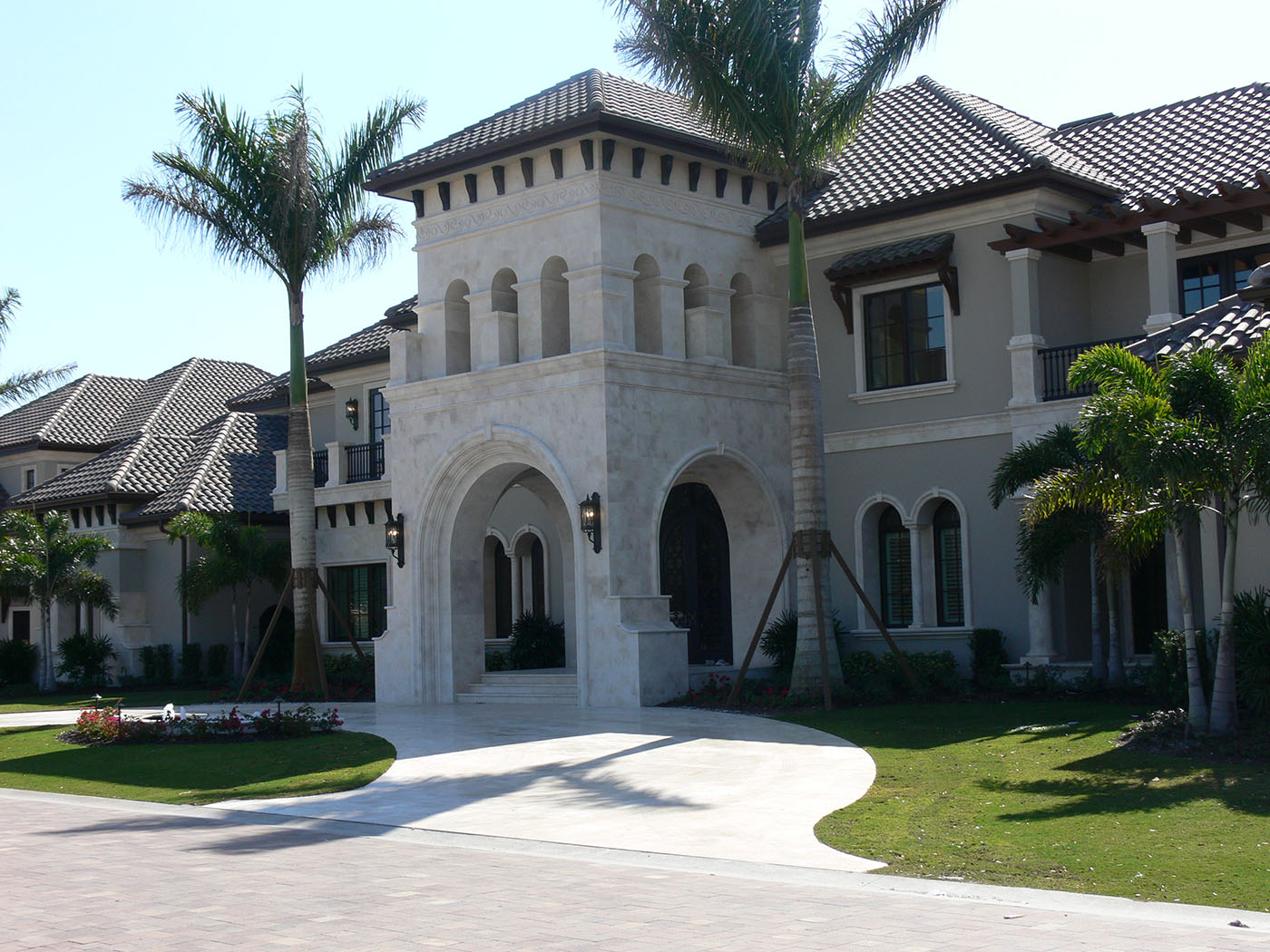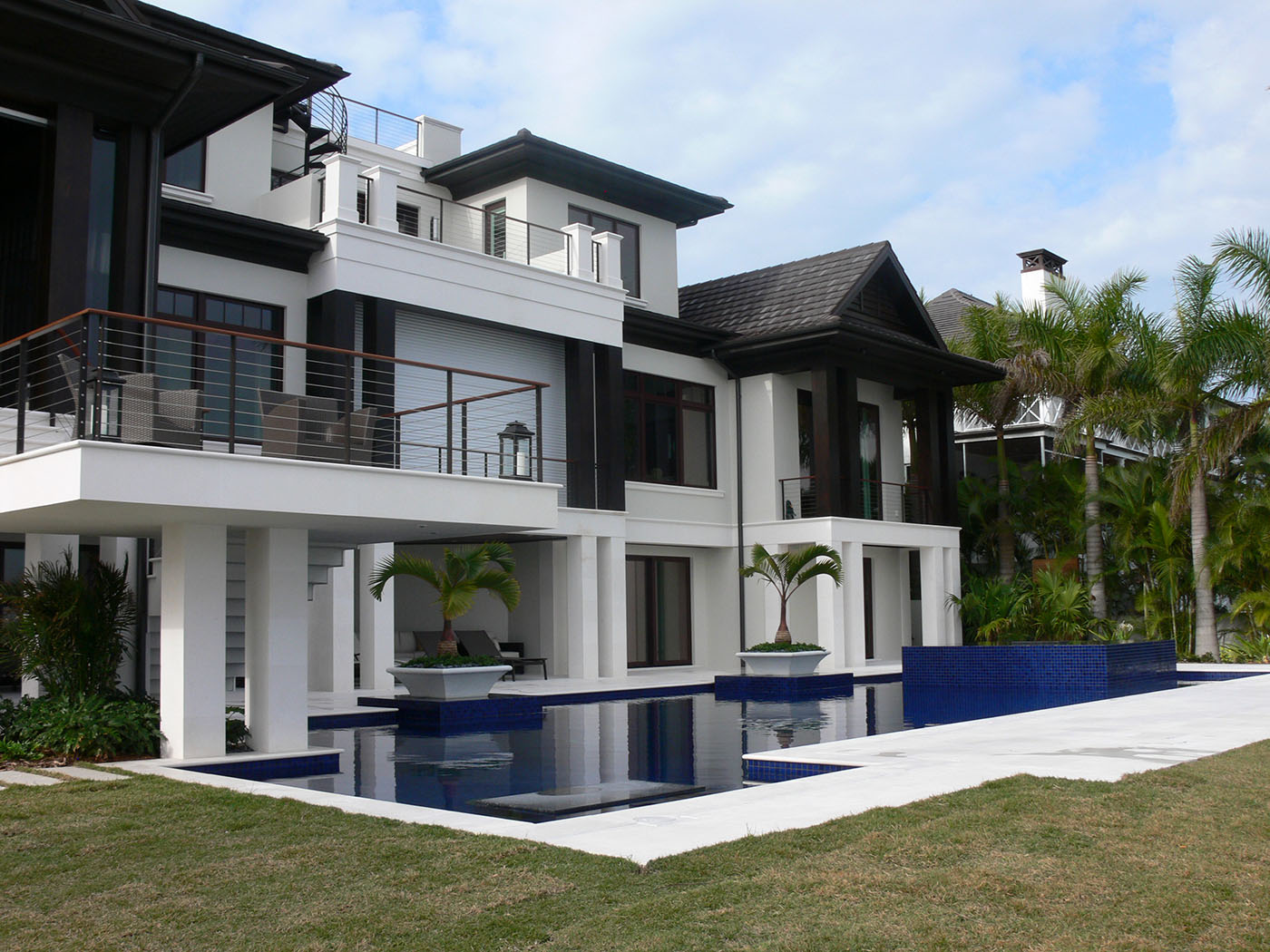Builder Corner - Stone Structure And Content
Stone Structure & Content
Before choosing the right stone for your project, consider the following content and structure for your stone:
1. Hardness and porosity: Using hard stone in certain areas is important to avoid possible mold or to avoid future maintenance costs. Using softer, more porous stone requires higher amounts of care and maintenance to preserve.
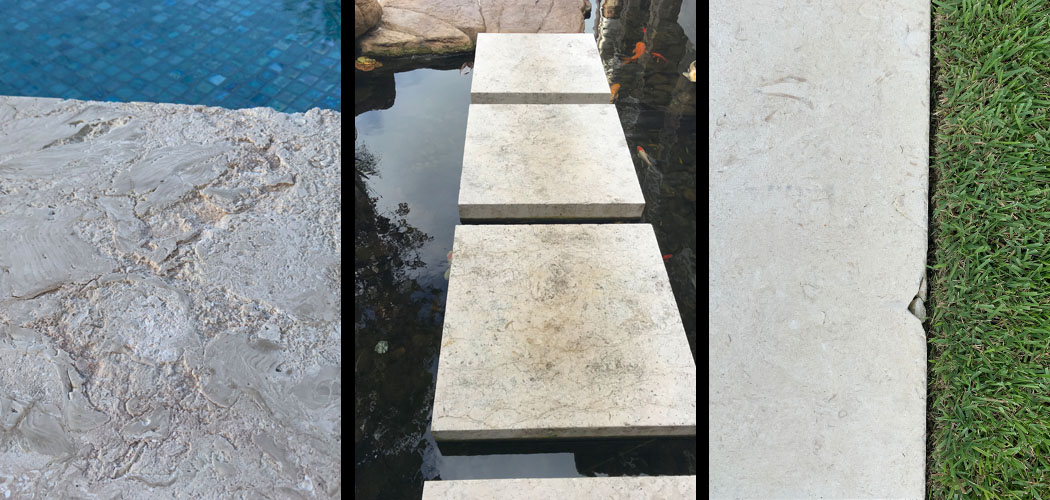
2. Sodium and efflorescence: Stones with high concentrations of sodium leads to more efflorescence.
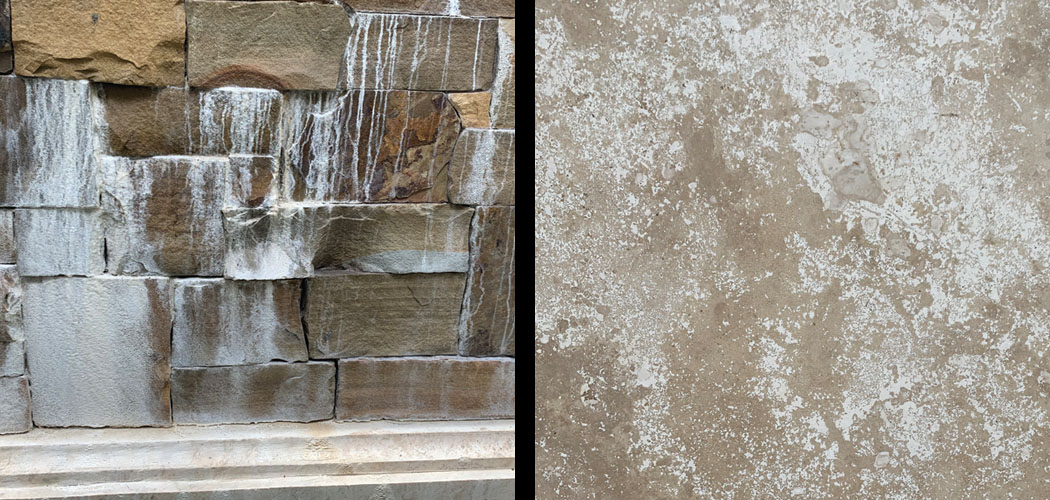
3. Iron: Stone with iron deposits leads to possible rust. In Florida, the rain can expedite the oxidation of the iron deposits. Afamia Stone provides the service of choosing the right stone for the right job.

4. Stone thickness: Some types of hard stone can be used as ¾” thick .
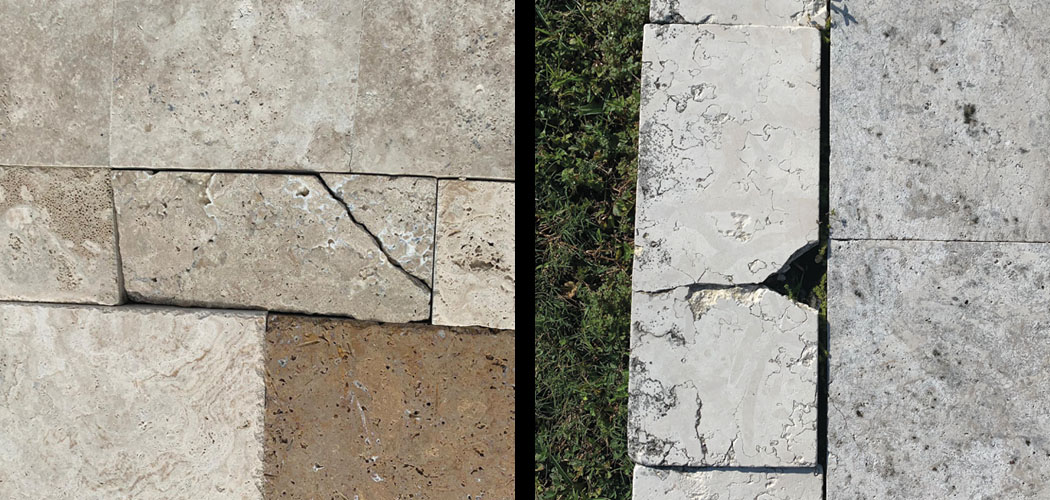
5. Location: Afamia Stone recommends using the right stone dependent on the location. Some stone can not be used near saltwater sources or be used with sand-set installation methods.

6. Finishes: The smoother the stone finish is, the more likely it will be slippery. The rougher the stone finish is, the more chance it will produce mold and dirt on its surface.

7. Color fading: Grey and black stones tend to fade more often under the Florida sun. Afamia Stone recommends and uses Grey Basalt and American Grey Limestone that will never fade.
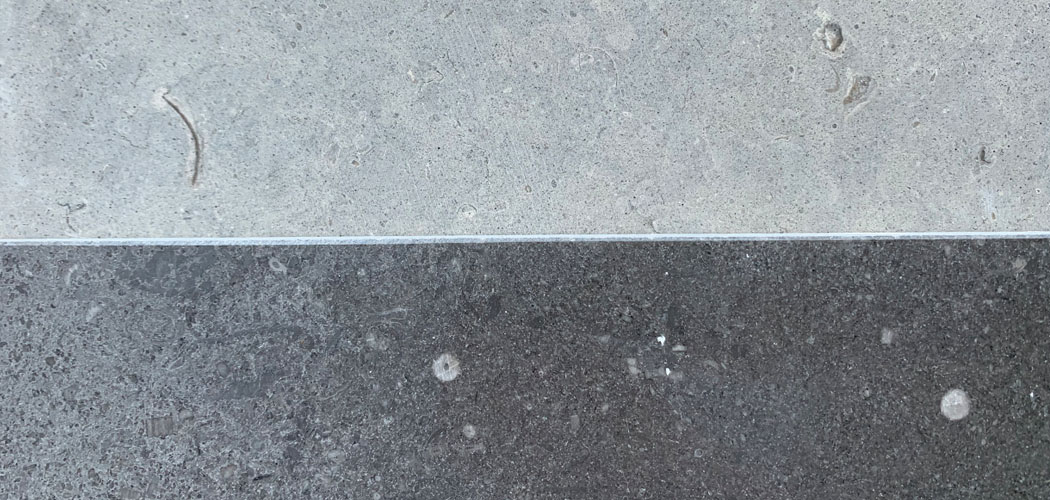
8. Edge finishes: Edge finishes are important for limiting future wear and tear for stones. For example, having sharp edges on steps and stairs will lead to cracks and damaged stone. A more rounded edge for steps is highly recommended.


 Architectural Elements
Architectural Elements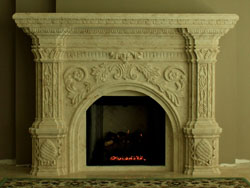 Fireplaces
Fireplaces Pools
Pools Veneers
Veneers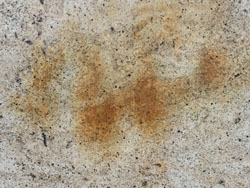 Stone Structure And Content
Stone Structure And Content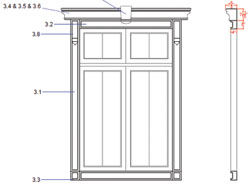 Stone Ordering
Stone Ordering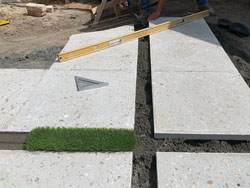 Stone Installation
Stone Installation Exterior Maintenance
Exterior Maintenance
